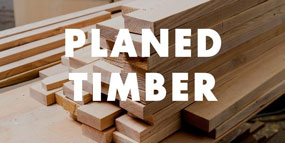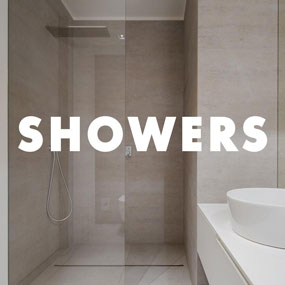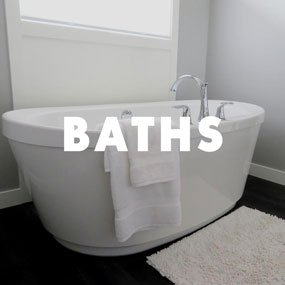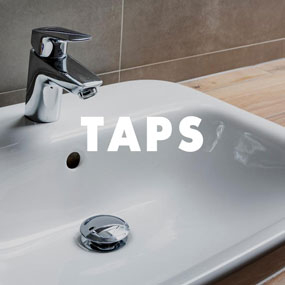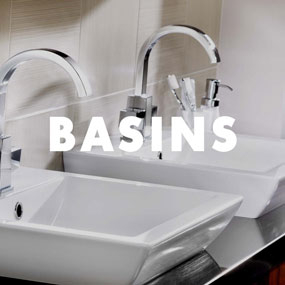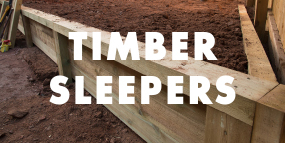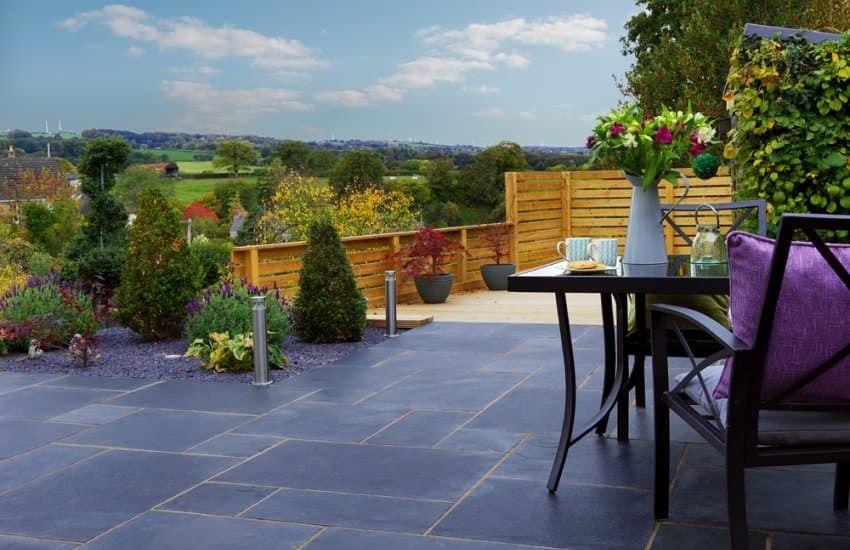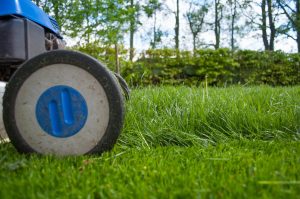Whether you are renovating an outside space into somewhere peaceful which requires minimal maintenance, creating a fun area for children to play with a lawn, or you simply want to surround yourself with beautiful colours and exhilarating scents which takes a little more TLC throughout the year, effective planning for your landscaping project is key.
We are often asked “when is the best time to start planning my landscaping project?”, and the answer we always give is “whenever you decide, so why not start now?”.
Let us give you some helpful advice and information so you can start planning your next project today.
GETTING INSPIRED
The best place to start is to seek inspiration from the world around you to get a feel for what you do and do not like, and where things might fit. You can visit public gardens, landscaping displays, garden shows and even see what looks good when you visit other people's houses.
Rushing out and buying things without going through the planning stage first is a common and costly mistake for many homeowners, and it runs the risk of ending up with mismatched items which have no use.
If you are struggling for inspiration, then our colleagues at your local branch can help with their years of experience and in-depth product knowledge to advise you on the best materials for your landscaping project, and estimate the quantities that you need as well so you can make sure you stay within budget.
IDENTIFYING THE BUDGET
If you are in the trade, you will know that a key part of the planning stage is to decide how much you are willing to spend and to do some research on how much individual items cost.
From block paving, patios and decorative aggregates to fencing, decking, sleepers, bark and top soil, as well as plants, taking the time to understand the full range of landscaping options available to you will make it easier to come to a decision on what you want to include in your landscaping project.
It is all too easy to get carried away with big ideas and before you know it, your costs are escalating out of control. So, having a figure in mind right from the start can help you to think about what options are within your price range.
PROJECT PLANNING
Proper planning will also make it easier to judge whether this is work you can do by yourself or if you will need help from other services and professionals. So, after finding inspiration and allocating the budget, the next step is to identify what this space will be used for because that will determine how the area is designed.
You should consider the size, space and how the sun moves around the landscape and where shade appears in the garden at different times of day because this will affect what plants are chosen for your creation.
Each transformation requires different materials in different quantities to add structure, texture, character and finishing touches to the outdoor space. So, considering delivery costs and where you will source materials from will help to ensure your landscaping project maximises the budget, runs smoothly and gives the desired results.
Generally, buying materials in bulk gives better value, and while you want to make sure you have enough, you also do not want too much excess. So, using helpful tools like our gravel calculator to estimate how much of each material you need can help you manage the budget more effectively. You should also consider the access route for the delivery vehicle and how easy it will be to transfer the material from where it is dropped to its final location.
CONSIDER THE POTENTIAL COMPLICATIONS
If a major project is planned which will involve significant amounts of excavation, then waste disposal will need to be considered as part of your planning. This can be arranged privately or through your local council.
Rules and regulations can vary between local council areas, so the government’s planning portal is useful for checking whether you need any permissions to carry out any planned work around the house, especially if the house is a listed building.
If you are planning to remove a tree or hedge from your garden, it is worth checking whether the tree is covered within a conservation order or subject to a tree preservation order here on the government’s planning portal before carrying out any work.
Certain rules apply to height and boundary lines when erecting a new fences, walls, and gates. You can find more useful advice on this on the government’s planning portal here.
OUR LANDSCAPING RANGE
Artificial Grass & Turf
Making the switch from live turf to artificial grass can provide several advantages including being a low-maintenance alternative for those who want perfect lawn without the work.
However, it is important to consider the cost of the initial outlay and how factors such as area, type of grass, ground preparation and installation can increase that cost.
Some people love nothing more than the smell of freshly cut grass on a bright spring morning, and if you are not wanting to spend too much on the initial outlay of your lawn, then live turf is the clear winner. But if you do not want the maintenance that comes with a natural lawn, then the artificial lawn is the one for you.
We stock a variety of artificial grass models to suit all budgets, each with their own benefits and UV protection guarantee.
Paving 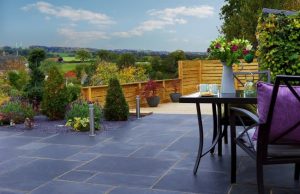
What is not to love about paving? It is durable, low maintenance, aesthetically attractive and cost-efficient long-term. Porcelain paving for driveways or rear gardens gives a picture-perfect finish for a contemporary look for driveways and rear gardens. Natural stone paving is another attractive, durable, and weather-resistant alternative. Concrete paving is also a great alternative which is low-cost and easy to install. You can also use kerbs and edgings to give your paving a neater finish.
Block paving is both versatile and durable, and designed to be used on driveways, patios, and pathways. Available in a selection of designs and colours so you can create the pattern of your choosing.
We also stock an extensive range of landscaping chemicals including jointing compounds, patio sealants and stone protectors for patios and paving to help protect and reduce maintenance and enhance all types of paving.
Decking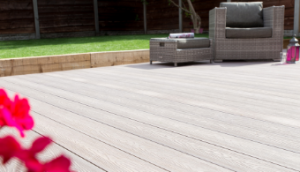
Decking is a low maintenance option which can provide you with access to the garden all year round. Timber and composite are the two most commonly used materials for decking.
Sourced from softwood and hardwood, timber decking is a cost effective and environmentally friendly way of providing a natural look and feel to a landscape.
If well maintained, timber decking can last a lifetime because it can be sanded down and re-treated time, or just a small section can be replaced if required.
Composite decking is a great alternative to timber decking which is hard wearing and requires no need to stain, seal or sand the wood, allowing you to transform the outside living space. While composite decking is not as strong on its own like timber decking is, it is worth nothing that placing the joists of the structure closer together can increase the support for the decking panels, although this may incur an extra cost. This decking has a shorter lifespan to composite decking, lasting around 20-30 years, and can be at higher risk of scratching, but it has non-slip and low maintenance qualities, and it is available in a range of colours and finishes.
Softwood is the option which costs the least out of the three; however it can damage easily. Hardwood timber decking costs approximately the same amount and requires a higher amount of maintenance when compared to composite decking.
Why not try our handy decking calculator to find out how much decking you need for your garden and help you manage your budget?
Fencing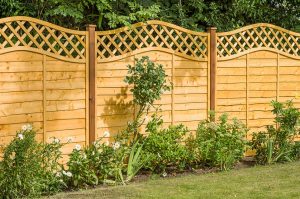
Garden fencing is a great way to alter the appearance of an outside space and while also achieving increased security and privacy. Choosing the right garden fence starts with choosing the fence post material, there are two options.
Concrete fence posts are known for being durable and low maintenance. The fence panels simply slot into the concrete posts and sit there firmly. You can secure the fence panels to the posts using fixing screws or brackets for security. However, the cost for this option is higher compared to timber fence posts, and the installation is more difficult because each post weighs over 40kg which requires 2 people to lift them.
Timber fence posts cost less and weigh less, so they can be installed easily. One concern around timber fence posts is movement and rattling in a strong wind, but this can be easily rectified by screwing the fence panel to the post to make it sturdier. Timber posts seamlessly match wooden fence panels, trellis, gates and fence caps, and there is also matching decorative post caps available to create a consistent look around your landscape.
We also supply all fencing accessories including, rails, fence boards, post supports and ready to use postfix, so you can get the whole job done.
Decorative Aggregates 
Whether you are choosing slate, gravel or decorative stones, using decorative aggregates come in a variety of colours and materials and are a great way to add that finishing touch and achieve the desired aesthetic for your garden landscape.
Slate chippings are brittle and easily worn down and create dust so do not work well when used as a path, but are ideal for filling awkward gaps, look great when framing, plants, and work well to highlight areas of the landscape where the footfall is reduced.
Decorative stones are more robust than slate chippings, so are great for creating aesthetically pleasing paths and give a contemporary look to the landscape by adding a hint of colour without being too overpowering.
Gravels are commonly used for garden paths, but that is not its only use. If you are looking to lighten up a shaded area of the garden or want to cover some landscaping membrane for weed control, then gravel is a great material for that too.
Whether you want gravel, slate, marble, pebbles or buff, JT Atkinson can supply a in a variety of sizes and colours at great prices to suit any garden project.
Landscaping Tools 
Let us help you make sure you’ve always got the right hand tools, spades, shovels and forks and power tools.
We also stock essential landscaping tools including lawnmowers, blowers and trimmers, wheelbarrows and gardening hand tools.
Sleepers & Planters 
Landscaping sleepers and planters are versatile and available in a range of sizes and colours, providing a unique way to provide a clear and concise design and create sections within the landscape and makes them ideal for using raised beds, planters, terraces, and many other garden features, which is why they are popular among keen gardeners and landscapers.
WHAT TO DO & WHEN TO DO IT
We’ve created a handy Season by Season Landscaping Guide to help you tick off all the tasks as you complete them and make it easier to maintain your landscape.
Here are some jobs for Spring to get you started: -
- Have a good clear up and tidy all debris and leaves from winter.
- Get ready for the first cut of the lawn and check your mower over and service if needed. Remember to set the lawn mower to a higher level for the first mow.
- Prepare the soil by performing a soil test before bedding any plants.
- Water plants as needed, especially as the weather warms up.
- Begin your fertilizing cycle and remember to restart the cycle around 60 days after that.
- Plant flowers, vegetables, shrubs, and trees, adding 2-3 inches of mulch to help find off weeds


